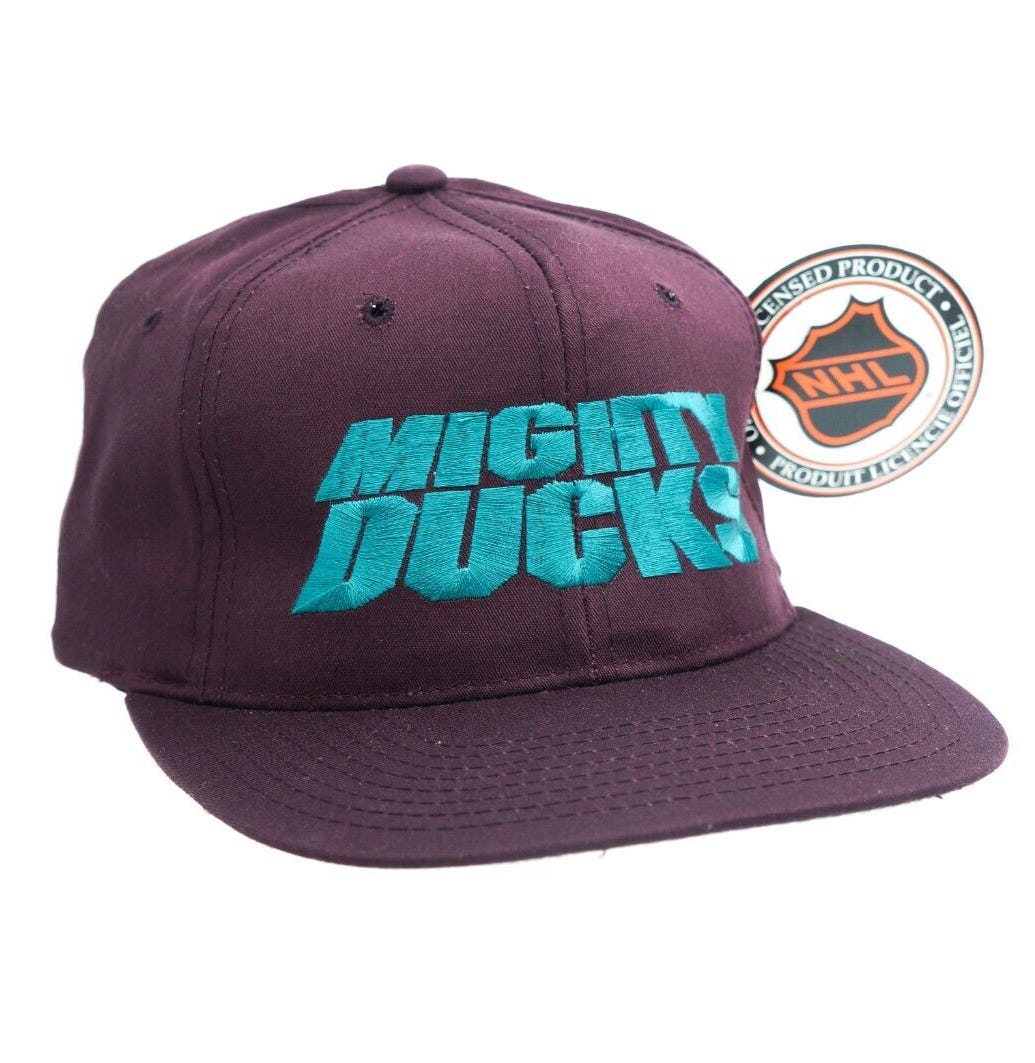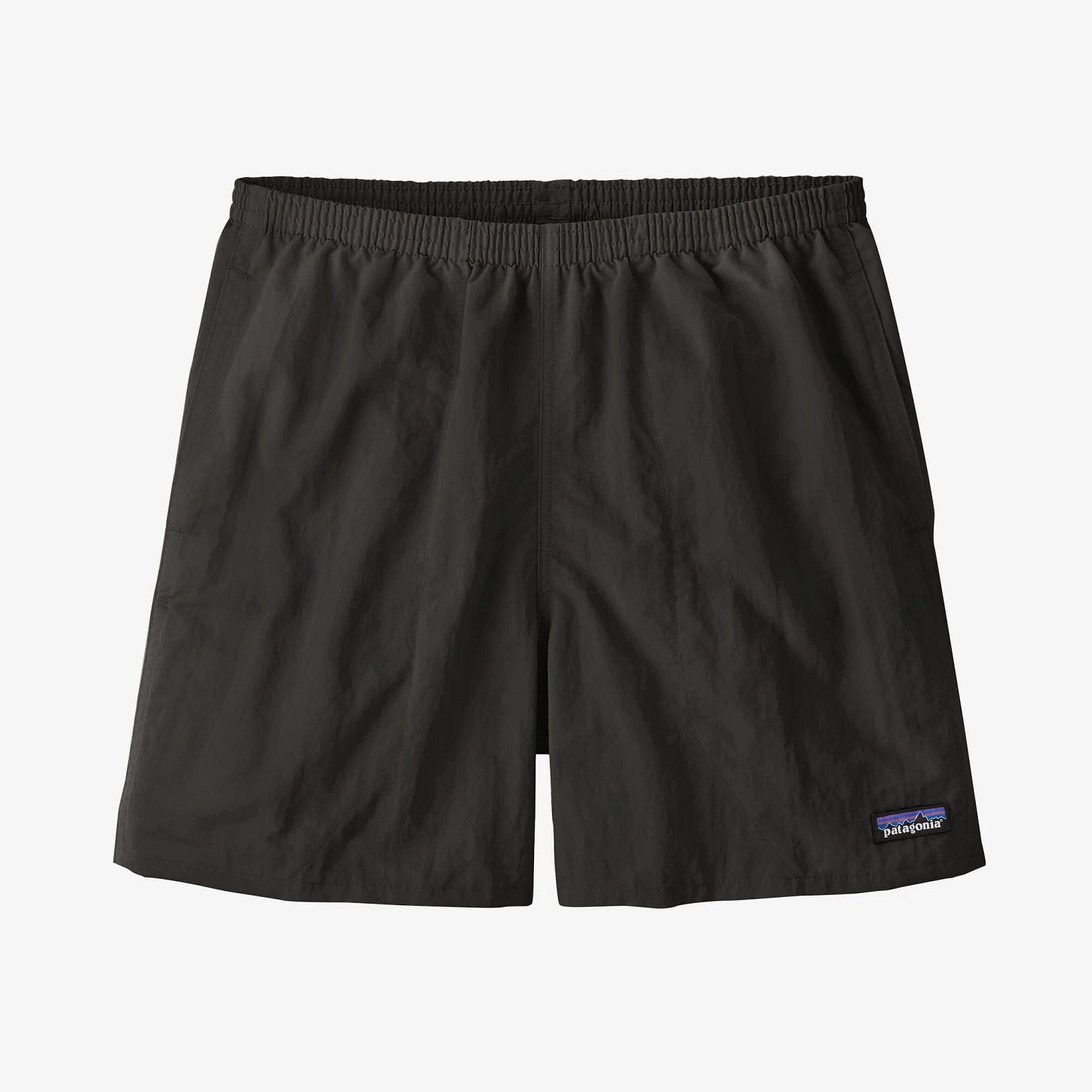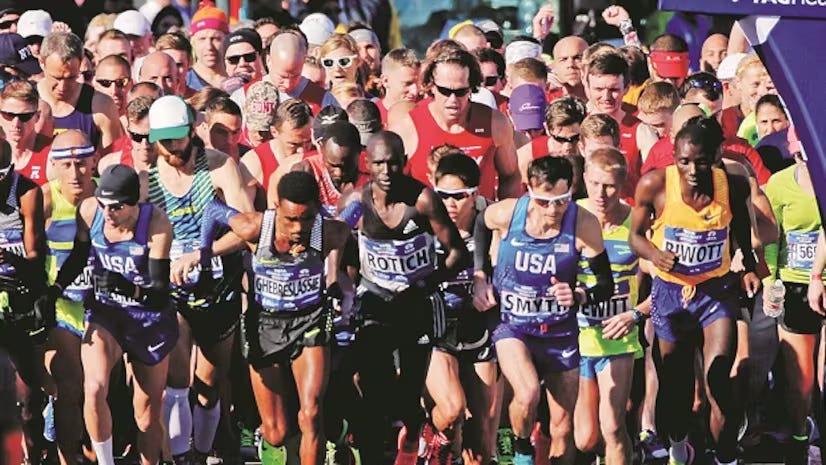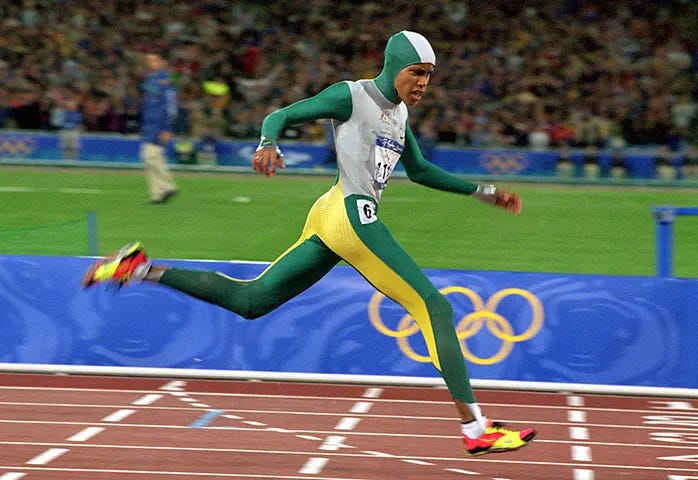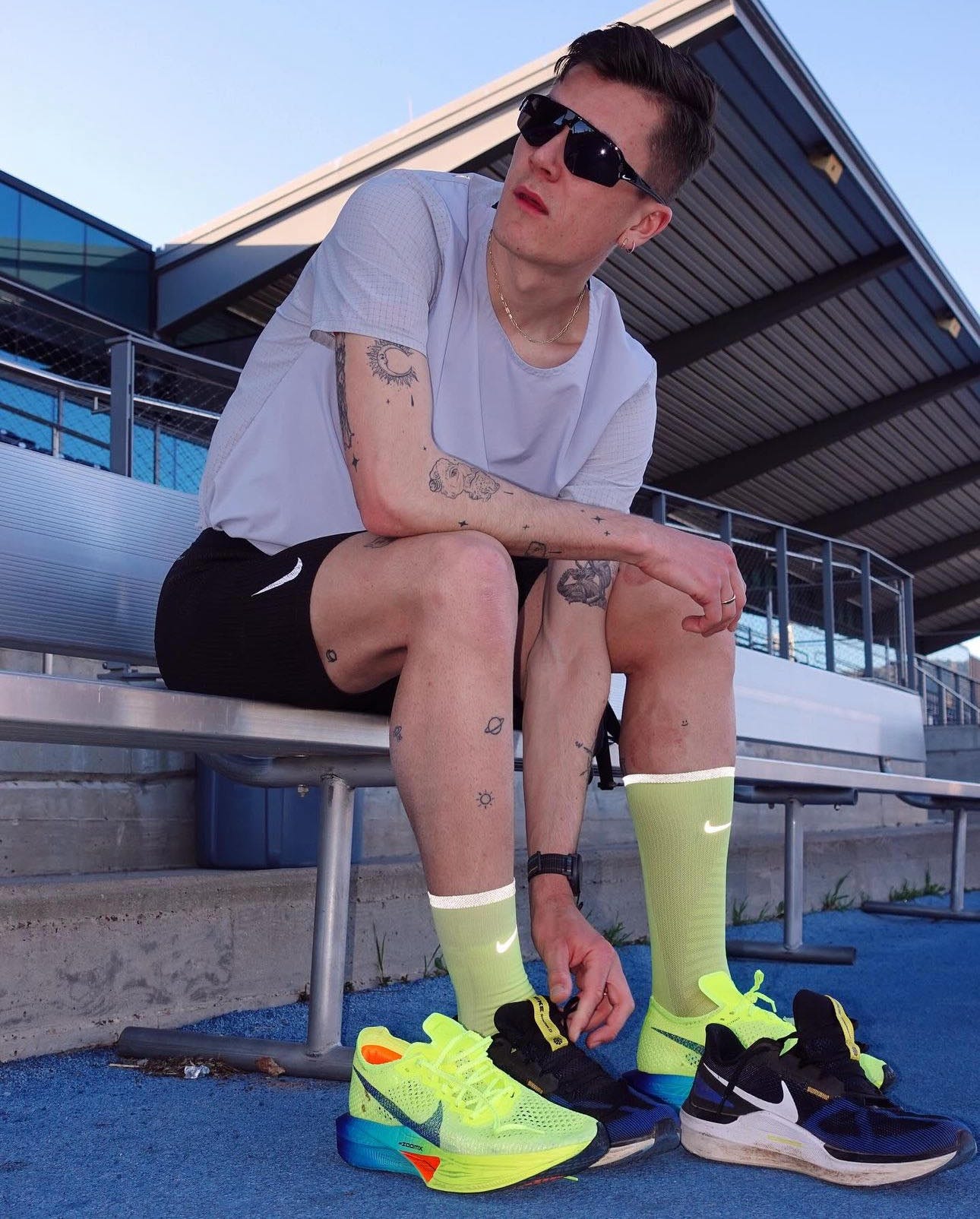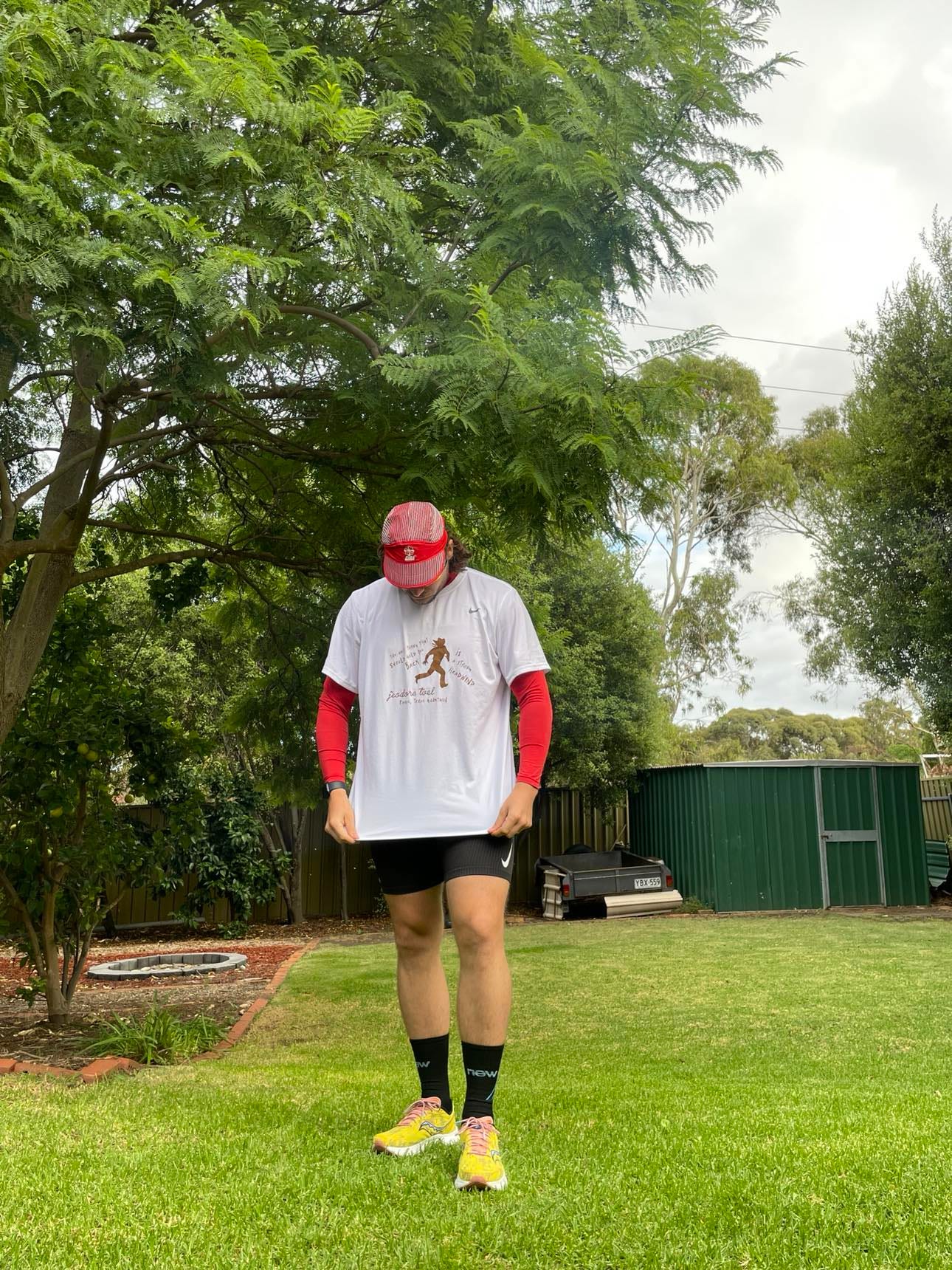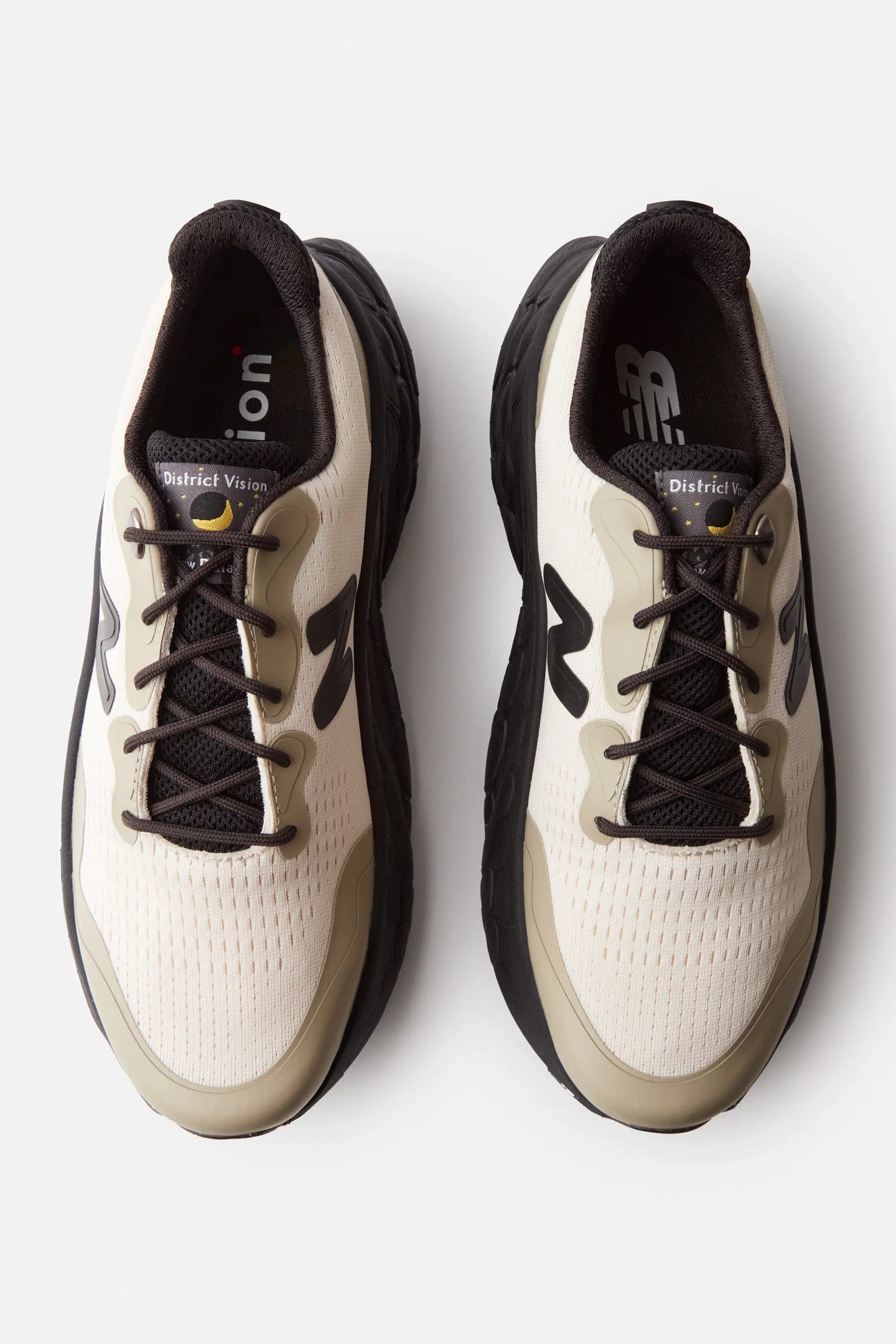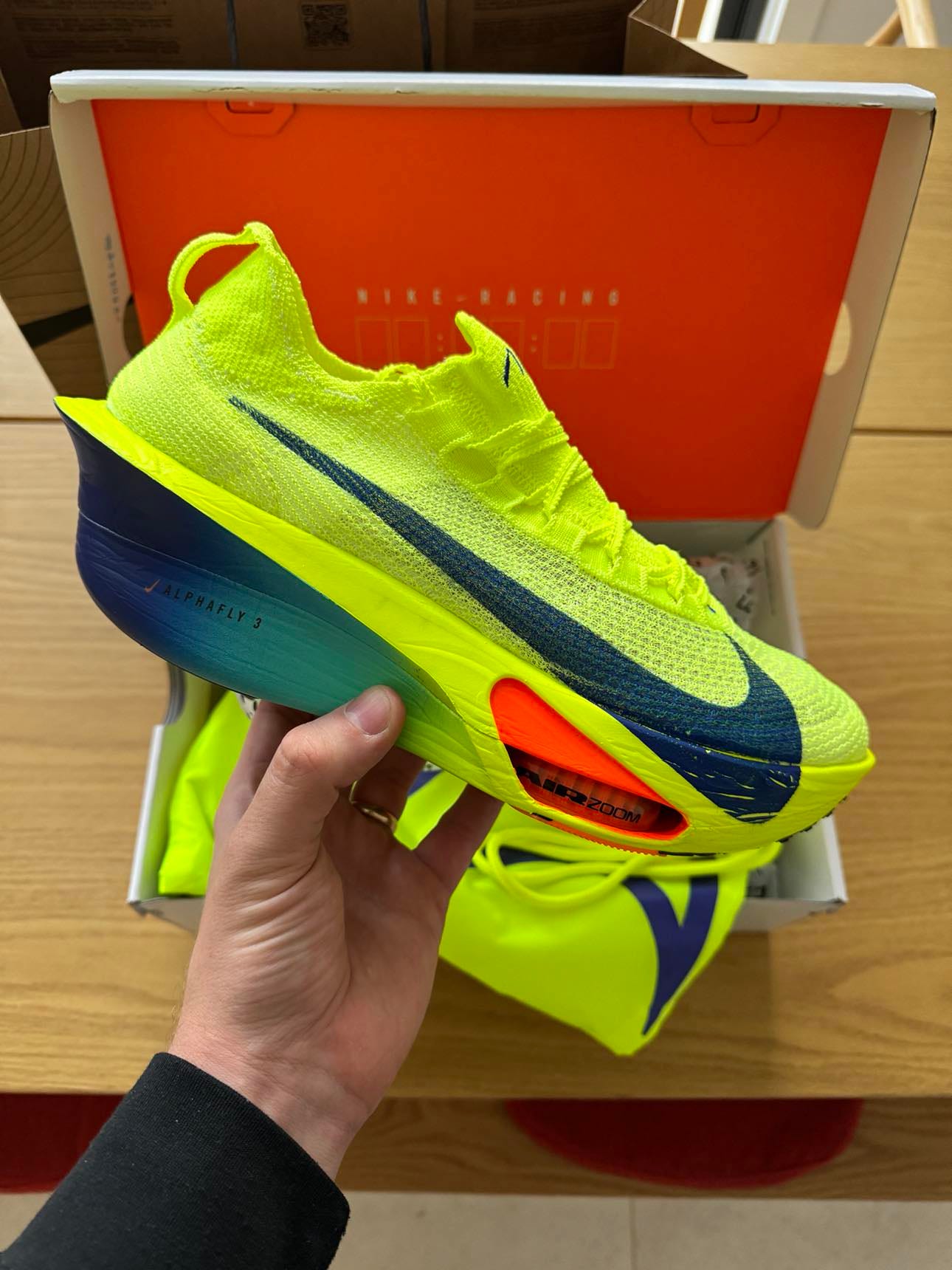So from here on out, I’m going to refer to the runner’s style/aesthetic as ‘runningcore’ because every outfit that is slightly based on a subculture needs to have ‘-core’ on the end of it. Last week, I wrote about how one can look good while running; however, this week I’m going to look at the progression of runningcore and how it’s shaped today — I’ll also touch on how previous iterations of runningcore can be incorporated into today’s context.
Bill Clintoncore (90s):
Every time I refer to a runner’s style from the 90s, I will forever be calling it Clintoncore because there is nothing more iconic than Bill Clinton going for a run. In an era before technical materials were easily accessible and where cotton/nylon ruled the running scene. 3” inseams and snapbacks were the call sign of a runner. All things I’m sure a runner would wear today, but probably not during a workout. Most of the garms used back then would most likely be worn after a run, today. Also, the footwear of choice would be considered extremely primitive today. If take a close look, It looks as though Ol’ Billy Clit is rocking a pair of New Balance 997s or something close to that effect, which many people wear casually, but to wear running? You’re asking for an injury (yes, as humans we’ve gotten softer — did you know humans didn’t used to wear shoes at all???)
We have been blessed with many technical fabrics that allow us to run 7 seconds faster per kilometre when spending $200 per jawn, but we shouldn’t ignore an era of the past! Aesthetically, this style is very pleasing to the eye. It would be super easy to place it in the athleisure category because a lot of the inspiration for that style of clothing hangs on the balance of effortlessness (like you’ve just finished a 10km and you’re too tired to put something else on) and nostalgia (take me back to a by-gone era).
When aiming to create a runningcore-nostalgic-fit, here is what I would put on:
Head: Any cap is appropriate for this, but I would recommend an adjustable hat, like a snapback of some kind. In fact, when I started running I used to wear this exact one.
Top: An oversized vinty cotton tee — SIZE UP. we need that shoulder stitching to drop below the deltoids, people! Extra points if the graphic is related to running as well, like this 1990 NYC Marathon Tee
Bottoms: 5” inseams. I am a 5” inseam apologist (most people probably are so that doesn’t mean much). My go-to shorts right now would be some Patsy Baggies because they’re quite comfortable; however, I recommend cutting the mesh out because I like to rock boxer briefs underneath. FYI it is a swimming trunk, but so many people rock these recreationally that I still think it would fit into the vinty running special.
Feet: As previously said above, you need to rock shoes from a bygone era. running shoes that once were, but are no longer. Often more chunky silhouettes and materials that weren’t very breathable. Literally almost any shoe in the MiUSA Catalogue. I was going to say a pair of Asics Gel Kayano 14s; however, those were first released in 2008… but I will recommend the Gel Kayano 5! …There’s just one slight problem… they’ve been discontinued.
Runners-Y2Kcore:
The only good thing to come out of this era of runningcore was Cathy Freeman’s speed suit from the 2000 Sydney Olympic Games. Everything else is pretty much a write-off.
if you didn’t know, I hate Y2K in all facets — Running, lifestyle, and everything in between. There is very little to learn from that era in terms of fashion (except maybe what not to do). One thing I did enjoy from the Y2K era were the Nike Free Runs. They are quite different today from what they once were, but they were the shoes at my school. If you didn’t have the 5.0 2s, you had to be the first to get the 5.0 3s… but this was an awkward era for Nike because everyone knew that the Free Run range was not very healthy for your feet; however, they looked good and as every teenager knows, it’s better to fit in than to wear shoes that were good for your feet — Back then you really did have to pick one or the other…
This picture is the perfect example of Y2K Runningcore. It’s dogshit. Like it actually looks so bad. Tight and ill-fitting clothes, and just the general bad vibes of the era (it’s giving ‘LMFAO we rock the beat and rock the show’ for me. For the men, it was entering this weird moment of ‘I want to wear something that’s out of my comfort zone, but I’m scared of looking gay,’ so rather than wearing racing singlets, they were rocking tight-fitting muscle tees.
The footwear was still insanely primitive — the new wave of runners that we use today weren’t really introduced until the mid/late 2010s. Minimal drop with minimal stack (meaning, shoemakers thought bigger soles = less stability I suppose?) and a lot of the materials we see today weren’t used then either.
Sidebar: There is an argument that the shoes used here would be better for your feet long term compared to shoes we wear today because the technology in current footwear options is changing the use of muscles within our gait. But that’s a conversation for another time.
If I were to create a Y2K runningcore fit here’s what I would do:
Headwear: I wouldn’t
Top: I wouldn’t
Bottom: I wouldn’t
Footwear: I wouldn’t
Dawn of the professional runner (current runningcore):
Now that everyone is trying to be a runner in 2024 (even though most people who are picking up the sport are probably already faster than me), Your style is what will set you apart from the rest of the newcomers. As we have progressed into what we would describe as current runningcore, we are moving away from simply just ‘getting into’ the sport, and we need to look the part.
racing singlet? check.
3” inseam shorts? check.
Super shoes even though we’re running a 5k? check.
Running is no longer about simply putting some shoes on and heading out the door, it’s about making a statement. This can be difficult for new people to feel comfortable when trying to enter a community that feels exclusive (and yes, online it definitely is considered an exclusive club because everyone feels the need to say “17 minutes for a 5k? That’s not that fast.” Don’t be that guy, don’t be a dickhead). These days runners want to look the part, and I don’t believe that’s actually a bad thing. Like, run in whatever will make you feel your best, and if that means you want to look professional, then all power to you.
Not to brag, but when I first joined my running club, only the quote-unquote ‘super fast’ runners would wear half tights… that was until I started rocking a pair. My Nike Aeroswift half tights are the most comfortable thing to wear while running — I even enjoy wearing them at home; however, I started rocking a pair at the 6:30 am interval sessions and then before I knew it, all the fellas started wearing them.*
*I don’t actually think I started a new wave of fashion for the novice runners, but I guess we all started feeling comfortable to rock them!
Anyways in runningcore, the gear one would wear today is a lot more technical — no matter what label it is. A lot of poly-blends, fitness focused clothing to ensure you shave those milli (seconds) off your PB. If you’re interested in specific brands I suggest you read part 1 of this series as I go into the deep end of all my favourite labels and what they’re doing in the running space right now.
If I were to dress accordingly (which I do), here’s what I would wear:
Headwear: I’ve said it once and I’ll say it again, I’m a big fan of short brimmed hats. they’re lighter and they just look nicer in a running context (we don’t want no yankee fitteds ‘round here). My favourite hat is the Gyakusou x Nike Trail Cap (which was a Christmas gift from my Pops so he the goat for dat one).
Top: With the months we’re in I tend to lean towards two layers. A compression long sleeve and a training tee over the top. I like to opt for a compression tee because it stops my nips from bleeding tehe.
Bottoms: As seen in the pick above, I recommend tights of some description. I’ve told you why so many times, so I’m not going to repeat myself.
Footwear: This one is hard because you need to wear different kinds of shoes depending on what you’re doing on your run. There are so many options today where you can pick shoes that you know are best for your feet, gait and purpose. Next week I’ll go into more detail as to why we have different runnings shoes for different types of runs (yes there’s different types). So for now I’ll just list of what I’m wearing at the moment.
Recovery/chill jog: New Balance x District Vision More Foam — This is a trail running shoe, but I enjoy the super soft foam under my feet right now. There’s not a lot of energy return, but I’m not going for speeds on these.
Interval sessions: Saucony Endorphin Speed 3s (the shoes I’m wearing above) / Or my Satisfy x Hoka Clifton LS
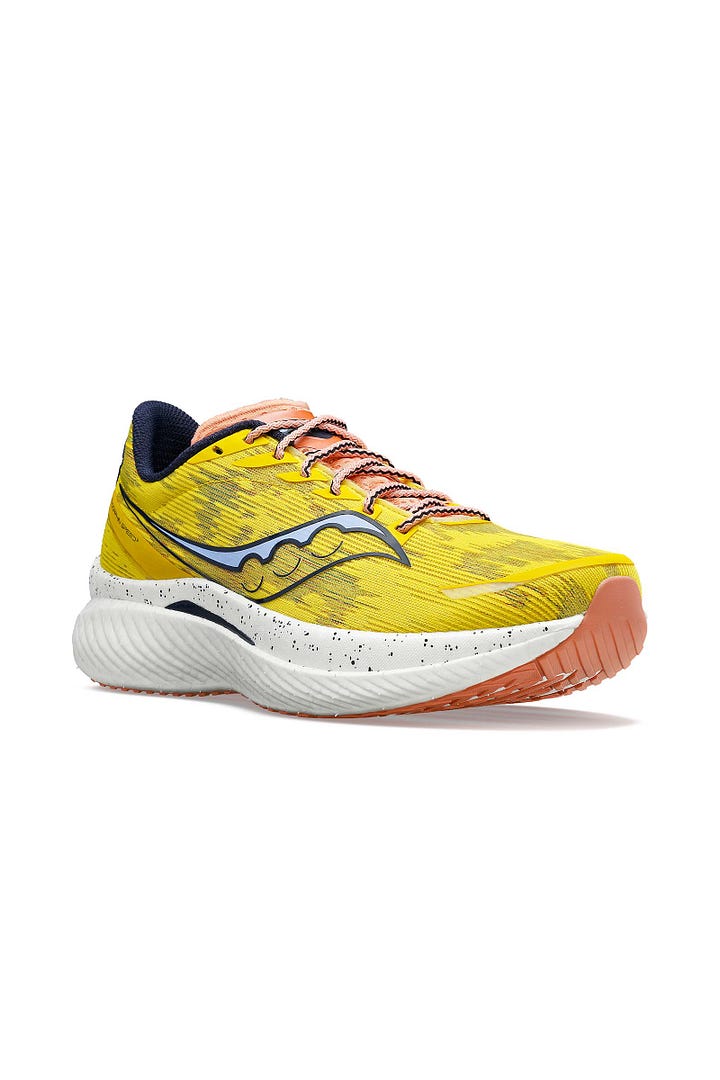
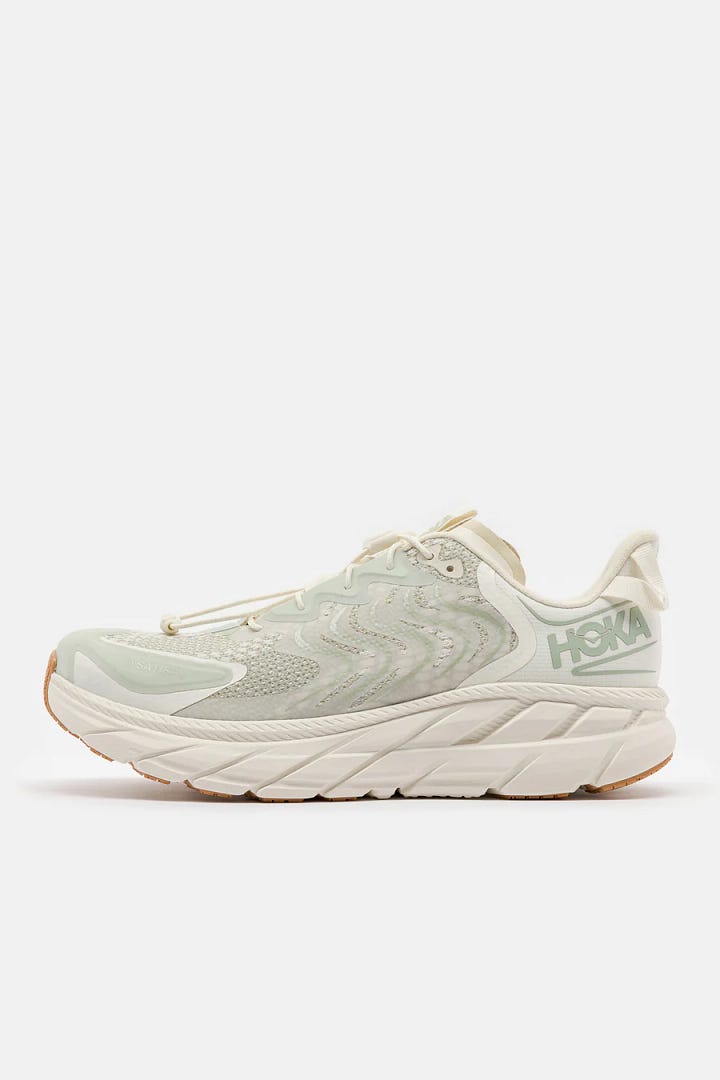
Race day: Nike Alphafly 3s… I haven’t actually had a chance to rock these yet… but I will!!
So there you have it. Runningcore has changed a lot over the years, you would think it would be a linear path of progression, but in all reality, the technology available to us these days has been in abundance within the last 10-15 years! I honestly can’t imagine what we’ll be running in the next 5 years because it feels like we’re in the future already.
Maybe this is the future of running?





